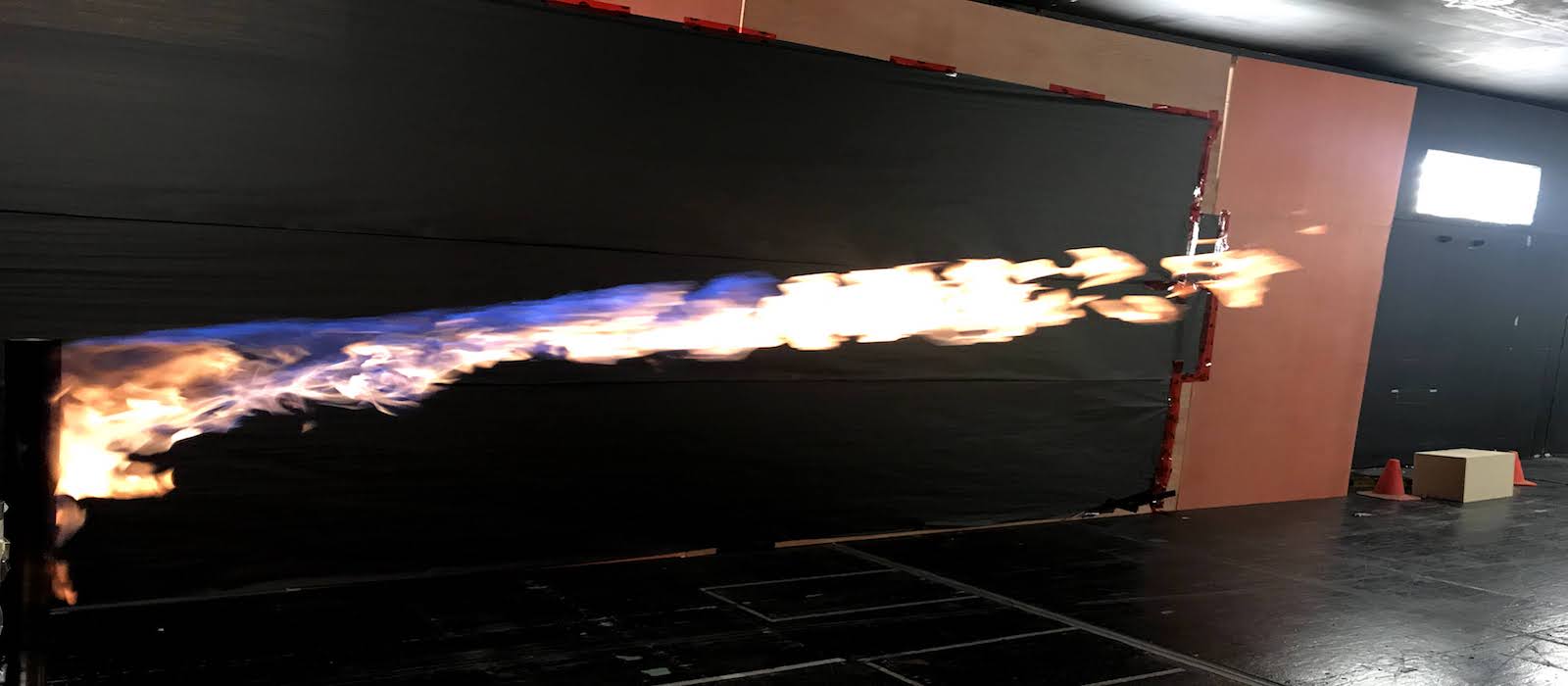Flare Combustion Efficiency and Species Emission Rates in a Closed-Loop Wind Tunnel
Recent satellite data suggests global flaring volume exceeded 161 billion m3 in 2019. Of this volume, approximately 90% is attributed to upstream oil and gas production sites where methane-rich gas mixtures are typically flared. Previous studies suggest that flares subjected to crosswinds lead to inefficient combustion and the emission of unburned gases into the atmosphere. In other words, significant quantities of methane, a potent greenhouse gas, may be emitted and effectively escape prior to being burned off.
Despite strong evidence that flares subjected to crosswinds can undergo fuel stripping mechanisms that reduce efficiency and lead to emissions of unburned fuel, the majority of published flare experiments have not considered the impact of a crosswind.
The research team at the Energy and Emissions Research Lab are conducting experiments at Western University’s Boundary Layer Wind Tunnel Laboratory. The Flare in Turbulent Crosswind Facility is able to quantify the efficiency and species emission rates of various flare gases subject to high crosswinds up to 10m/s, representative of atmospheric conditions at flaring sites. Operating conditions such as crosswind speed, ambient turbulence level, flare gas composition, exit velocity, and diameter are studied to further understand the impact these operating conditions have on flare emissions.

Damon Burtt conducting experiments at The Flare in Turbulent Crosswind Facility.
